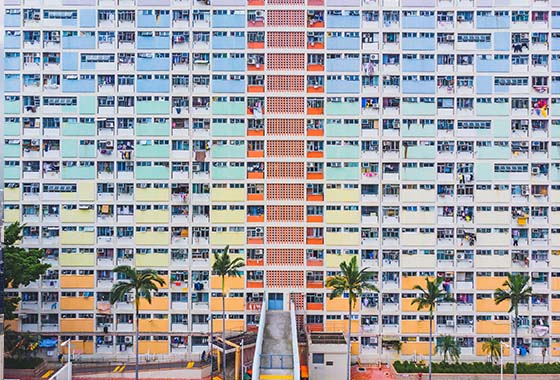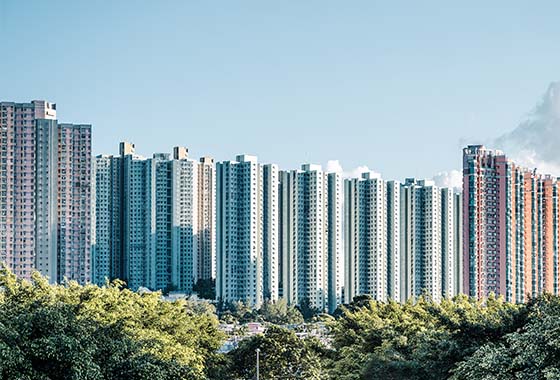Hong Kong’s housing shortfall: why the worst is yet to come
This article appeared originally in the South China Morning Post on 25 May,2019.
Authors: Ryan Ip, Head of Land and Housing Research and Koby Wong, Assistant Researcher at Our Hong Kong Foundation

Hong Kong maintains its position as the world’s most expensive housing market, according to property giant CBRE’s latest global life report. However, this is not the worst yet, as there is a continual depletion of the city’s land bank, meaning both private and public housing supply will plummet in the near future. What Hong Kong needs in order to overcome this challenge is not just large-scale solutions such as the Lantau Tomorrow Vision, but expedient ones that can bring immediate and impactful results.
In December 2018, the government updated the Long Term Housing Strategy Report (LTHS) and revised the public-private ratio of the housing supply target from 60:40 to 70:30. Many believe this will bring positive impact to the overall housing supply, because no matter how the private housing supply target changes, property developers will still keep up with their investment plans aiming to make money.
The truth is never that simple. The negative impact of lowering the private housing supply target has gradually emerged. Although the estimated average number of the annual completion in the upcoming years from 2019 to 2022 is higher than the annual target of LTHS, the excessive supply is only an illusion, as a sharp turn is projected in 2023. This is not alarmist, but based on two leading indicators.
The first indicator is that there is a reduction of spade-ready land for private residential development. In reality, even though we have all sorts of resources, it is just empty talk if there is insufficient land for development. However, while the government lowered the private housing supply target, it also reduced the supply of such land for private residential development. The consequence is not immediate, but will be rendered in 2023 onwards, as it usually takes four to five years to turn a piece of land into completed units.
The second indicator is the slowdown in the construction of private housing. As we all know, house building is a long-term process that cannot be done overnight. Typical development cycles tell us two to three years is needed on average to get units all completed since the commencement of superstructure works. However, according to the statistics published by the Buildings Department, there was a huge drop of 44 per cent in units that have started the general building and superstructure works last year. This suggests that the pace of construction works has slowed, thus we can infer that the supply of units will tumble as well.
.jpg)
On the other hand, the situation of public housing is more unclear than that of private housing. This is because raising the supply target does not necessarily mean that the actual completion number will soar. The anticipated annual completion for 2019/20 to 2021/22 is only 18,300 units on average, the number will then significantly reduce to 14,500 in 2022/23, which does not even reach the 50 per cent mark of the LTHS target.
Furthermore, a cumulative shortfall of at least 85,000 units is expected over a 10-year horizon. The knock-on effect is that newly completed units will be inadequate to absorb new applicants for public rental housing, so the average waiting time for general applicants is expected to exceed six years in just three years’ time.
The actual number of completions is also likely to be less than the estimated figures, as rezoned sites are still the primary source for public housing development in the upcoming years. Drawing on the past five years, delays in completion have intensified, with 75 per cent of the delayed public housing units sourced from rezoned sites, including Hoi Ying Estate in Sham Shui Po, Shek Mun Estate in Sha Tin and Ping Yan Court in Yuen Long.
All of the above already reflect the fact that the adjustment of the public-private ratio of the housing supply target only alters the public-private housing mix without increasing the overall supply target. In other words, it is a zero-sum game.
The housing problem in Hong Kong is pressing, so we should not indulge ourselves with the success of last year. Instead, we have to keep our guards up and act together. The Lantau Tomorrow Vision is, of course, a game-changer in the long run, but a multipronged approach is also needed to resolve the problem. As long as we learn from history, it is never too late to start.



